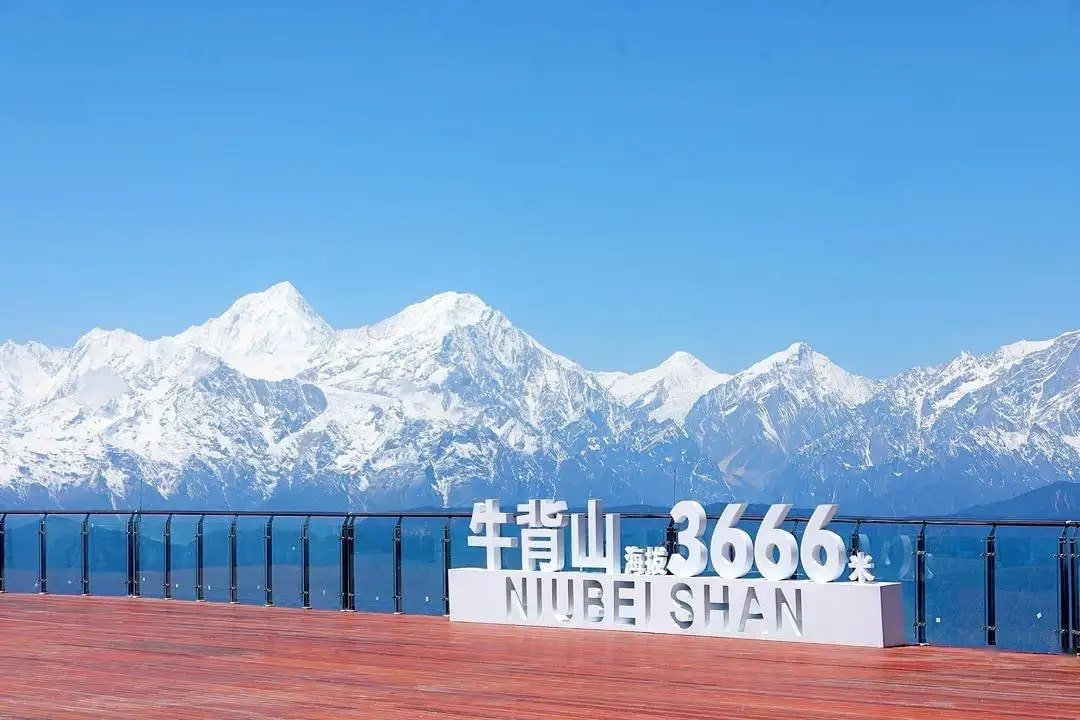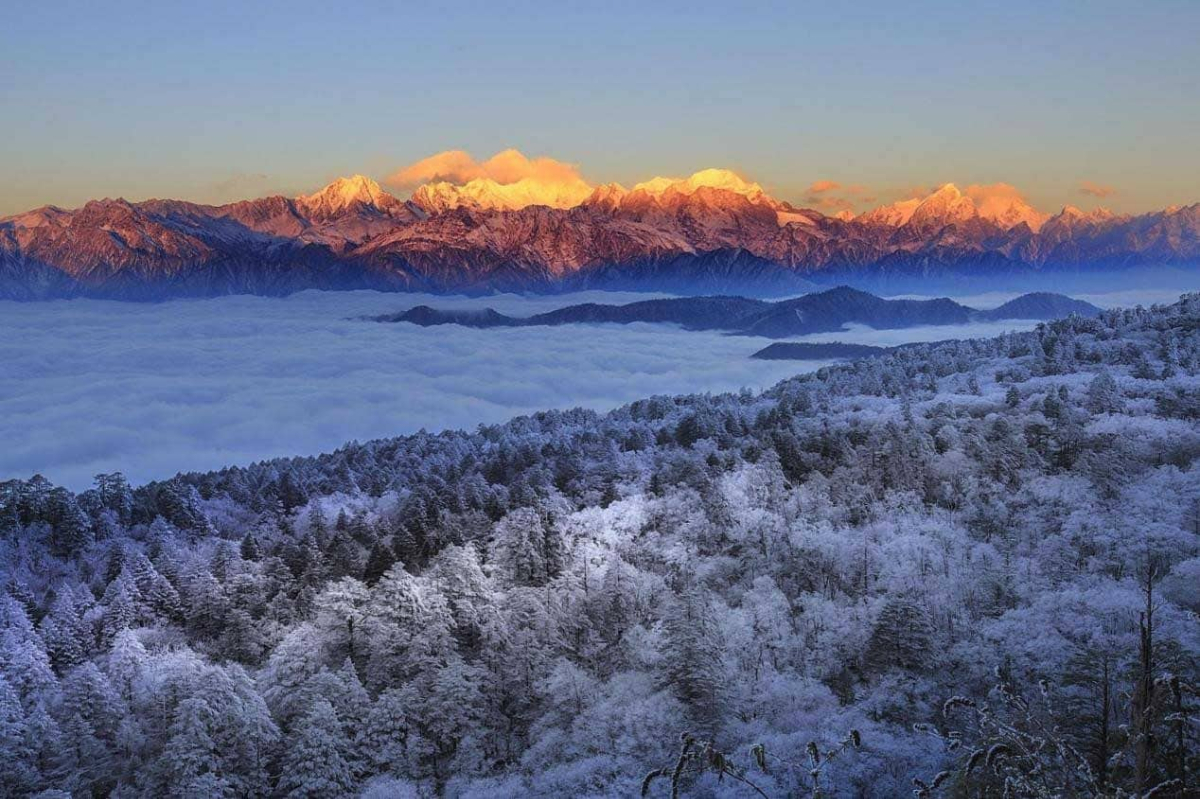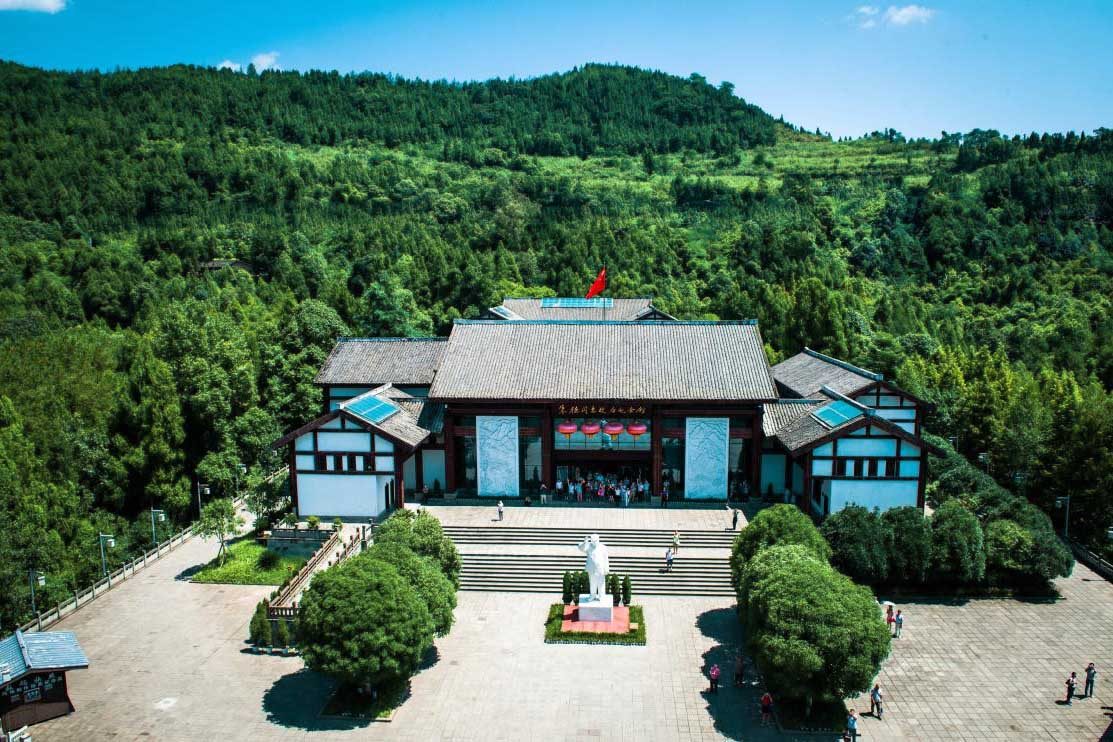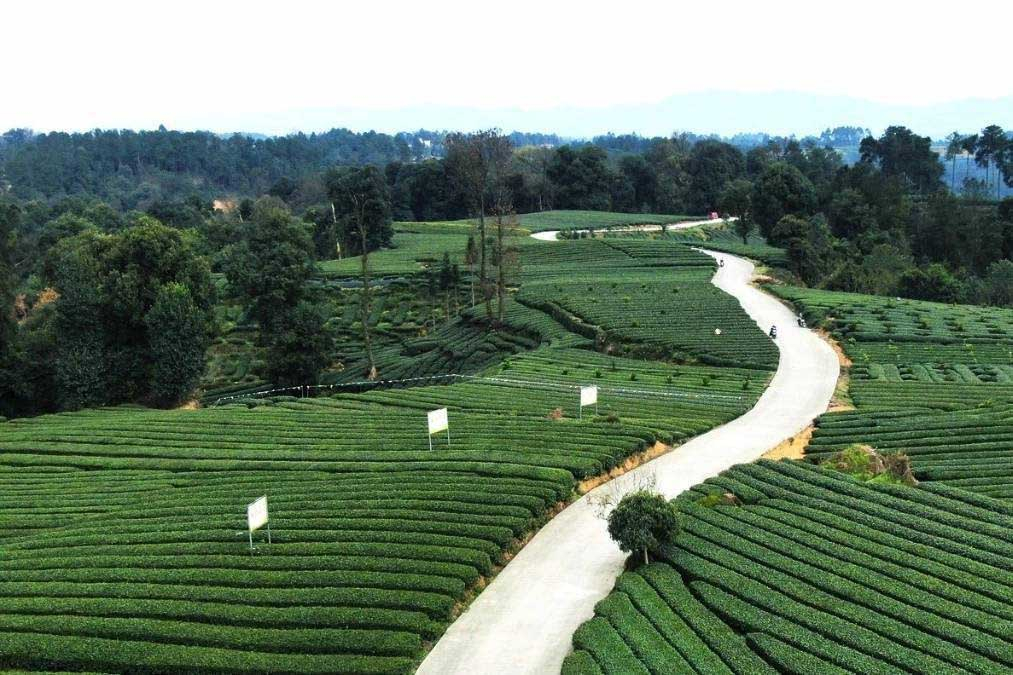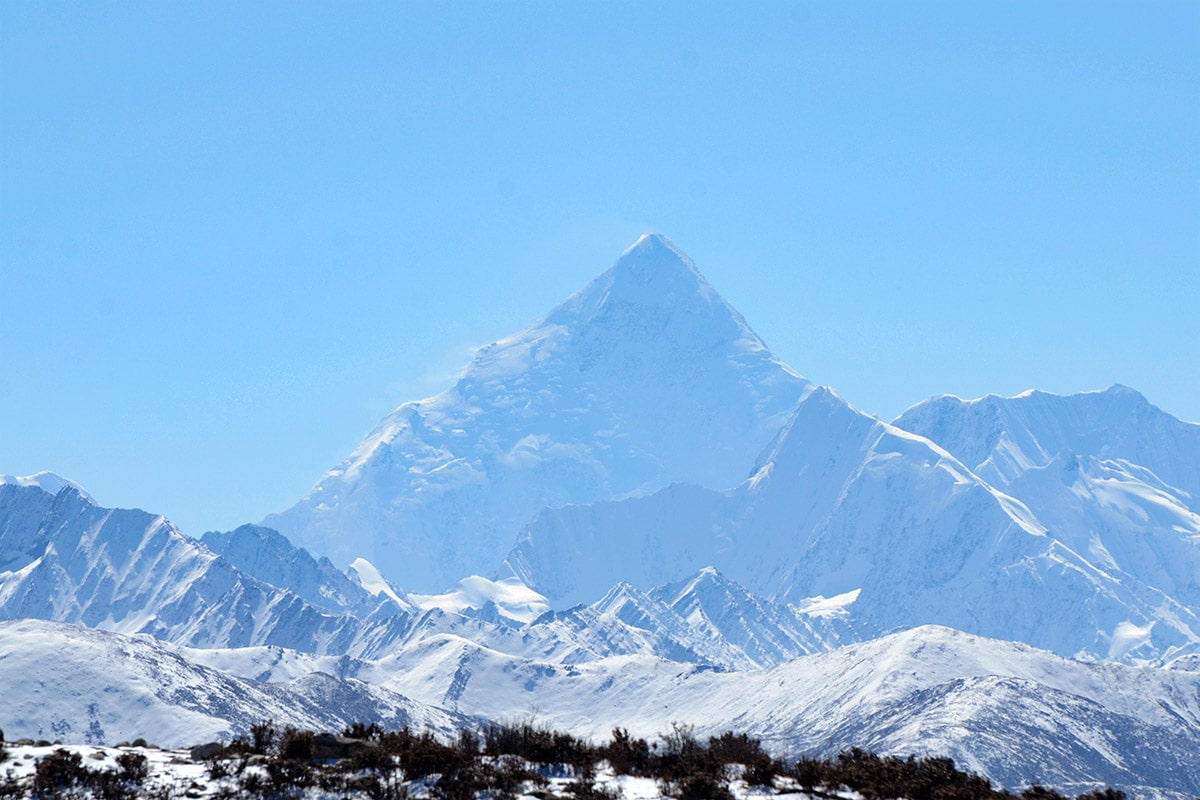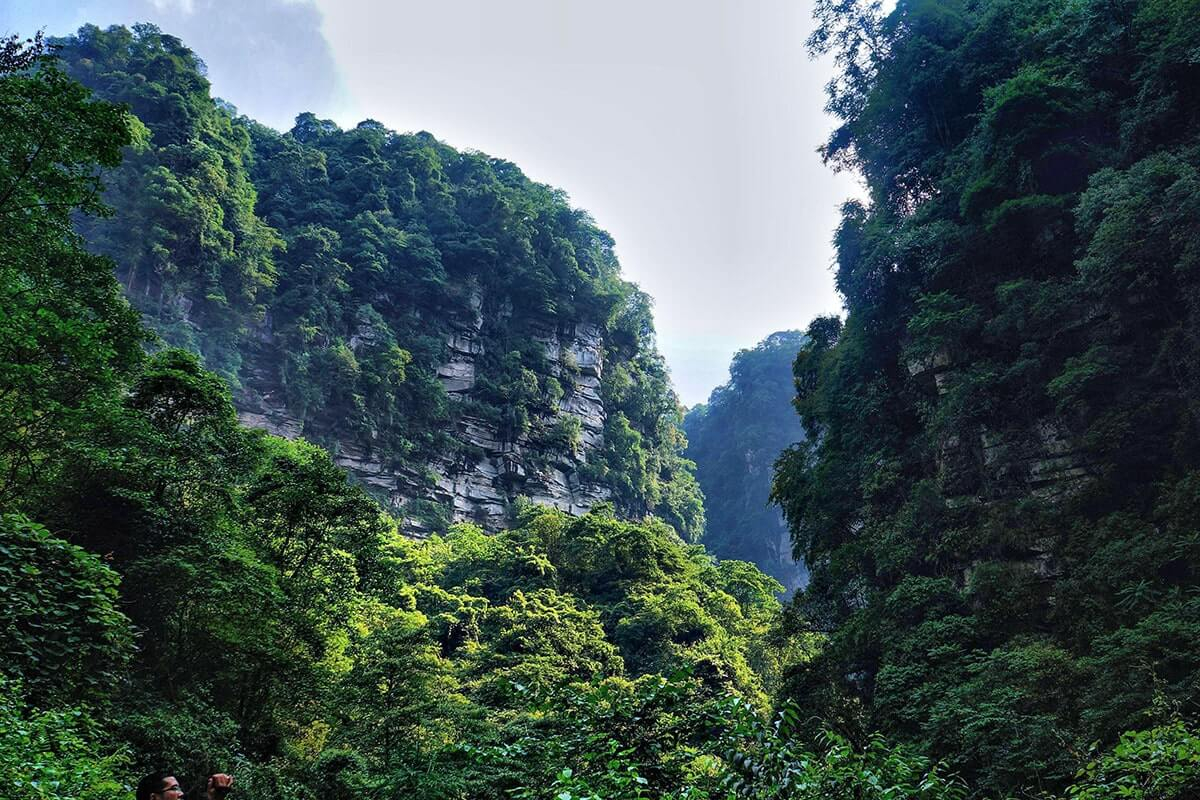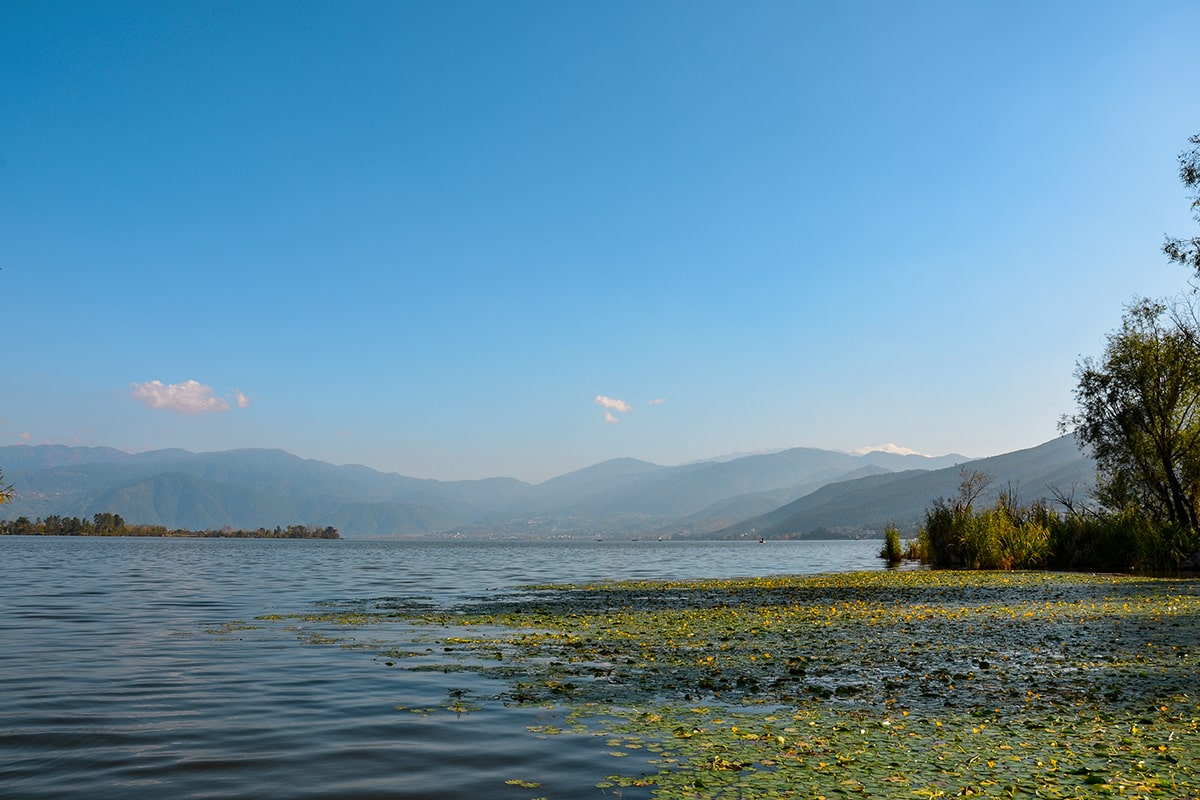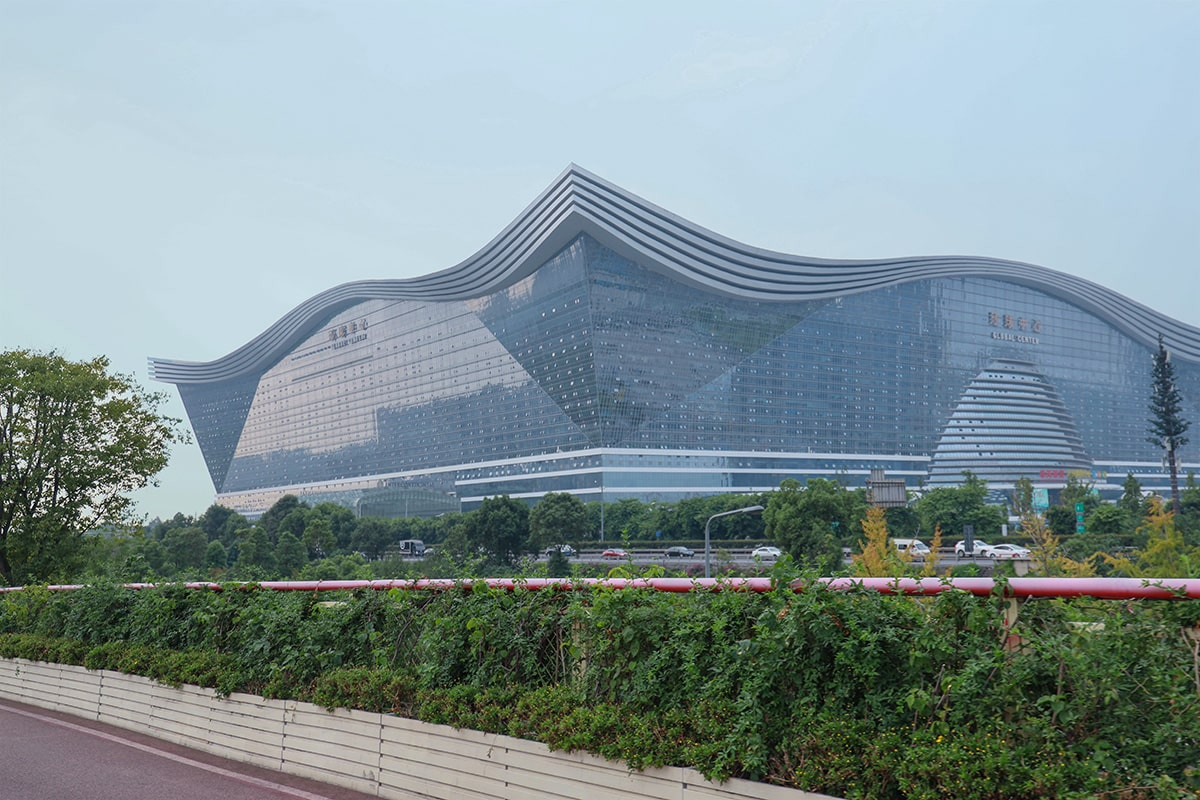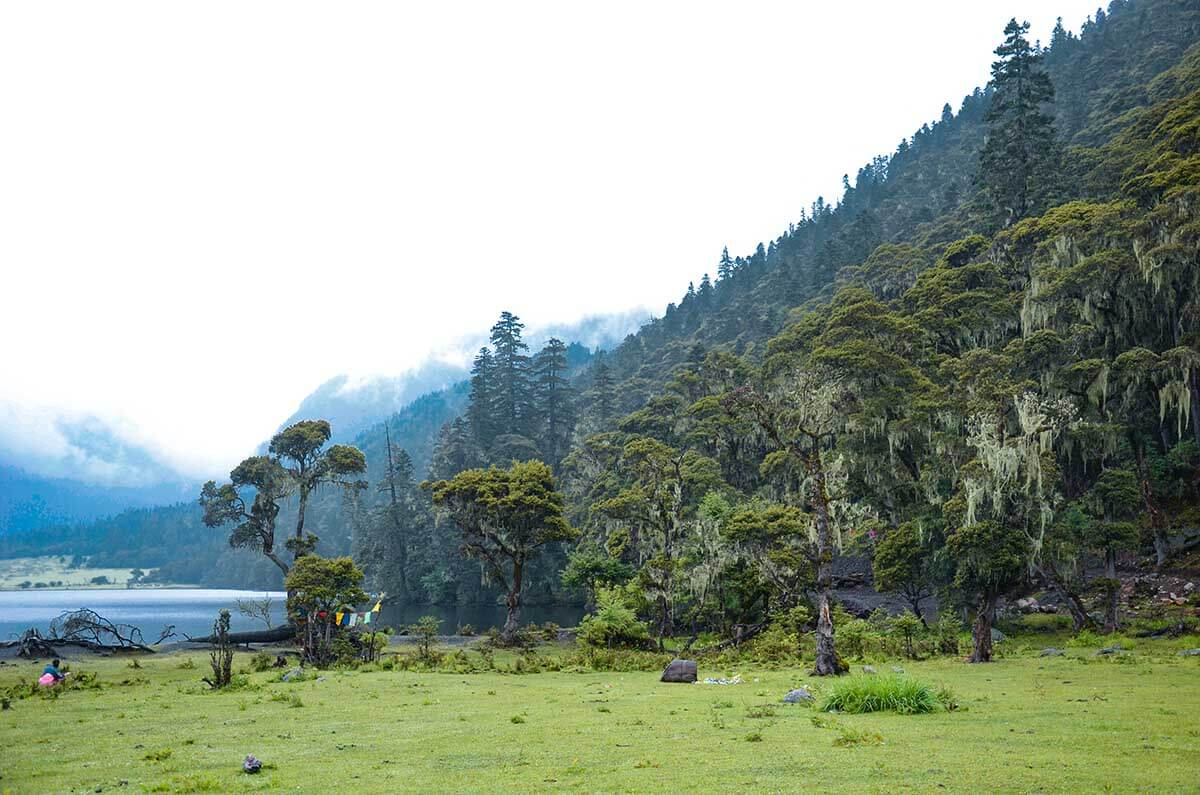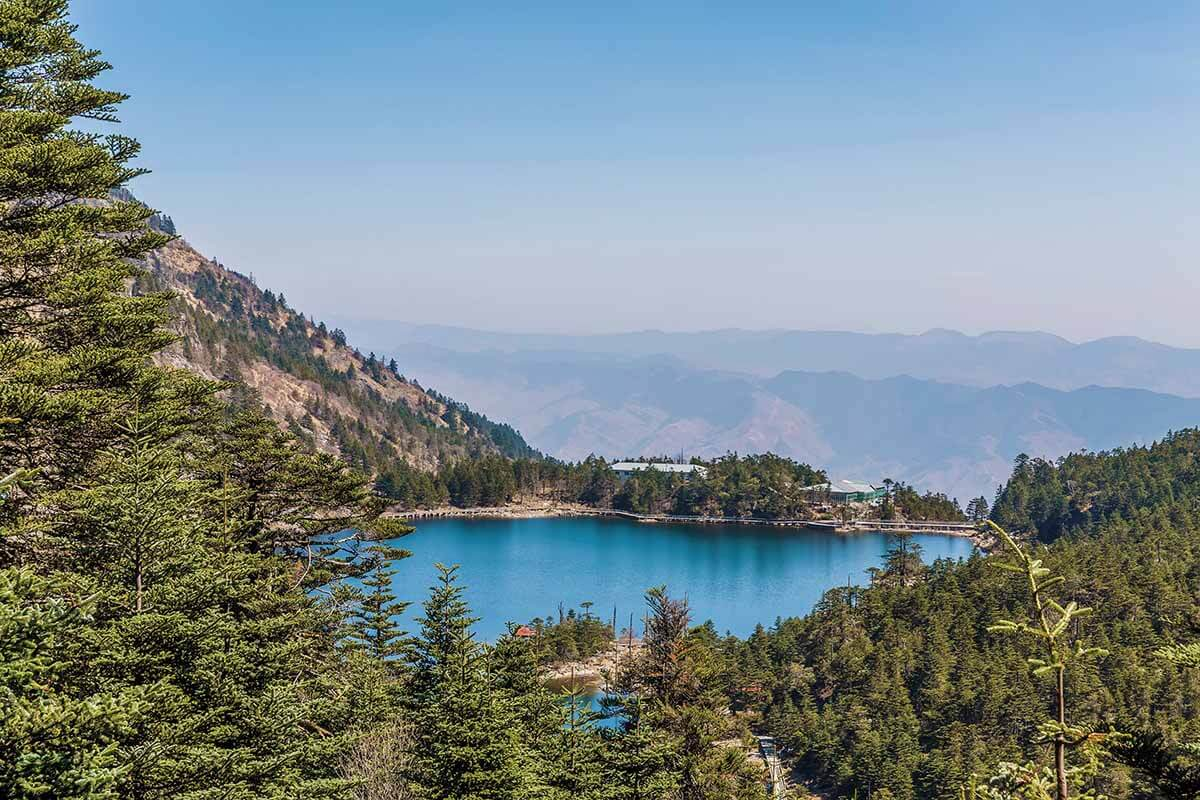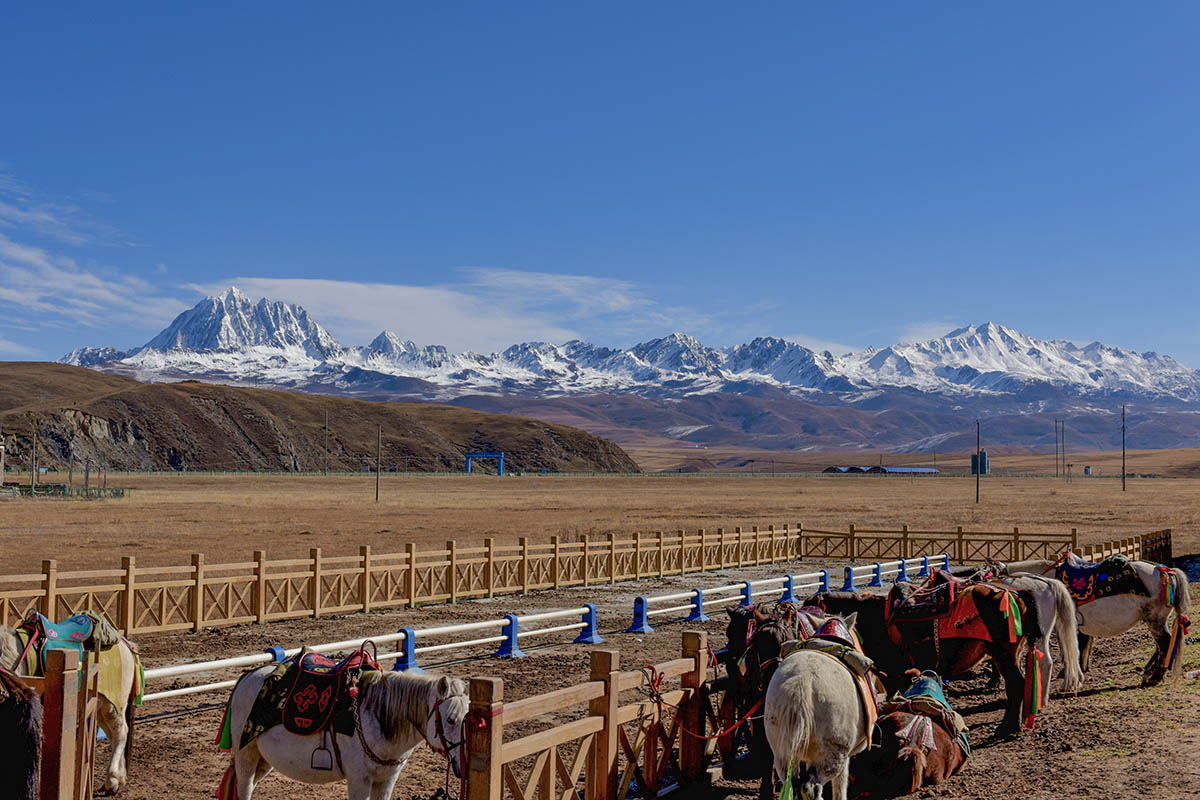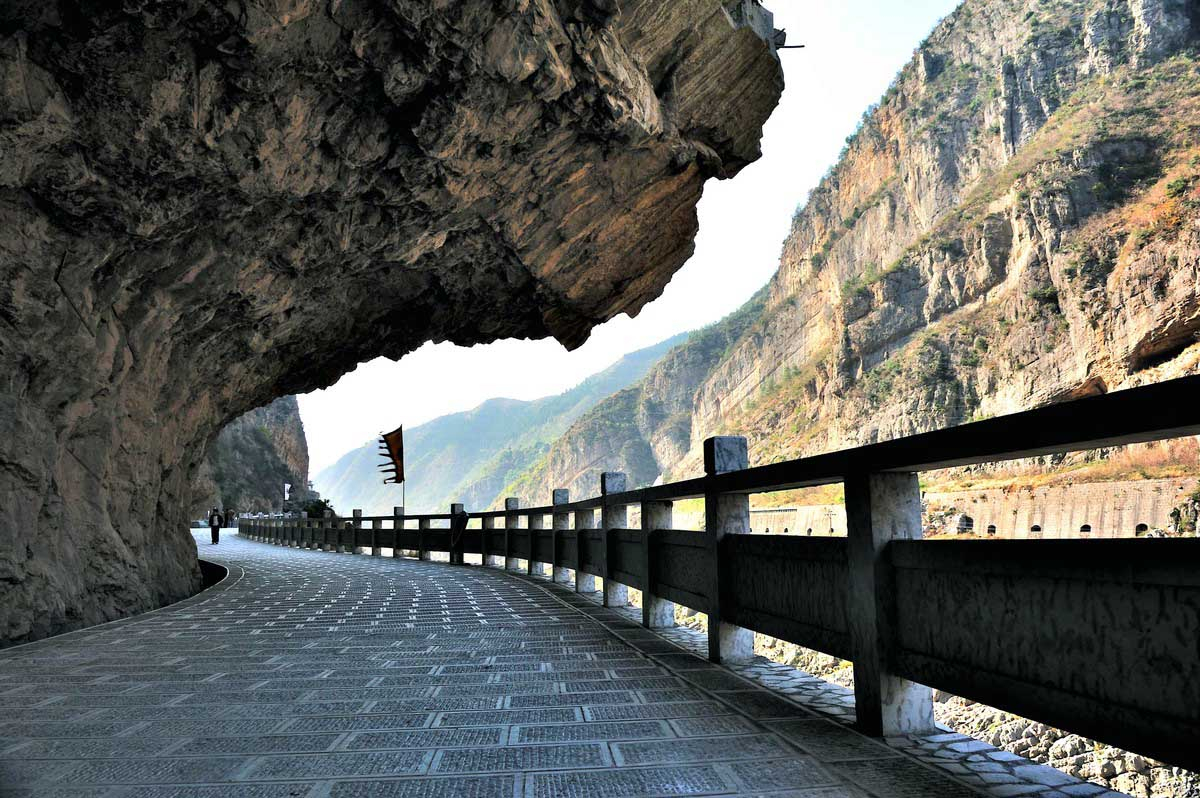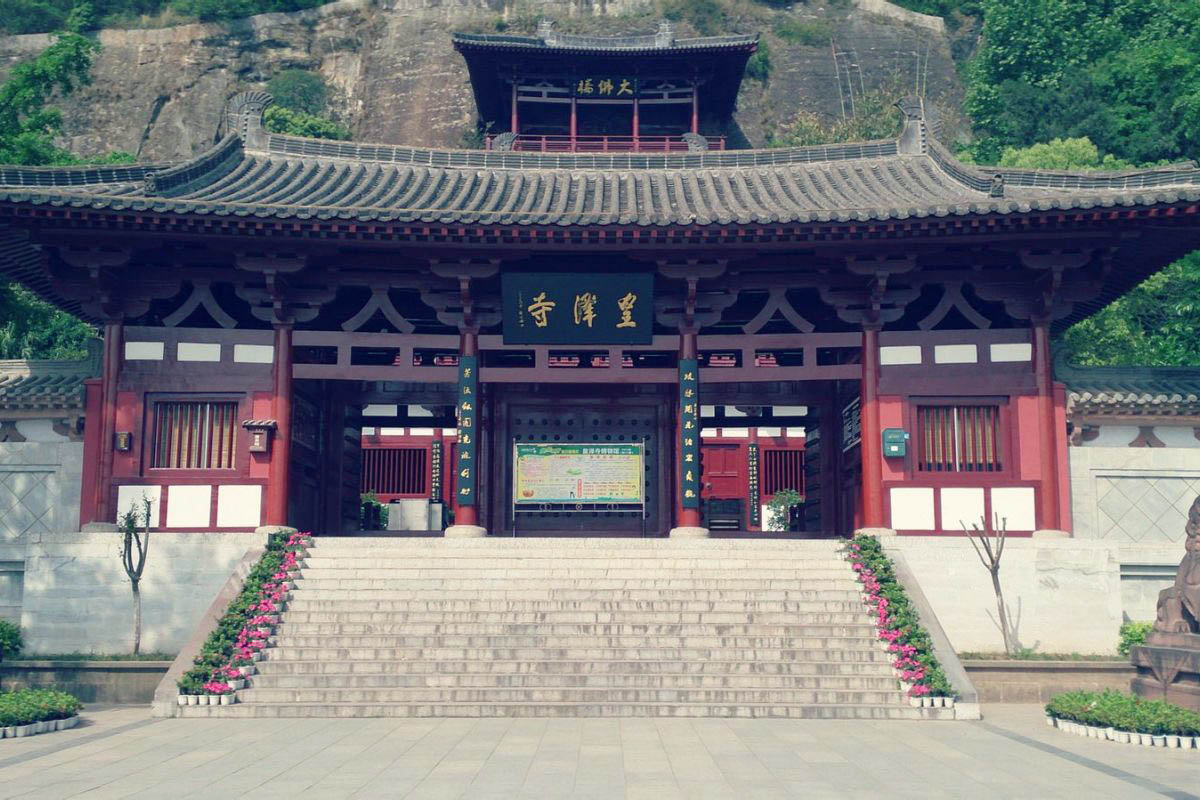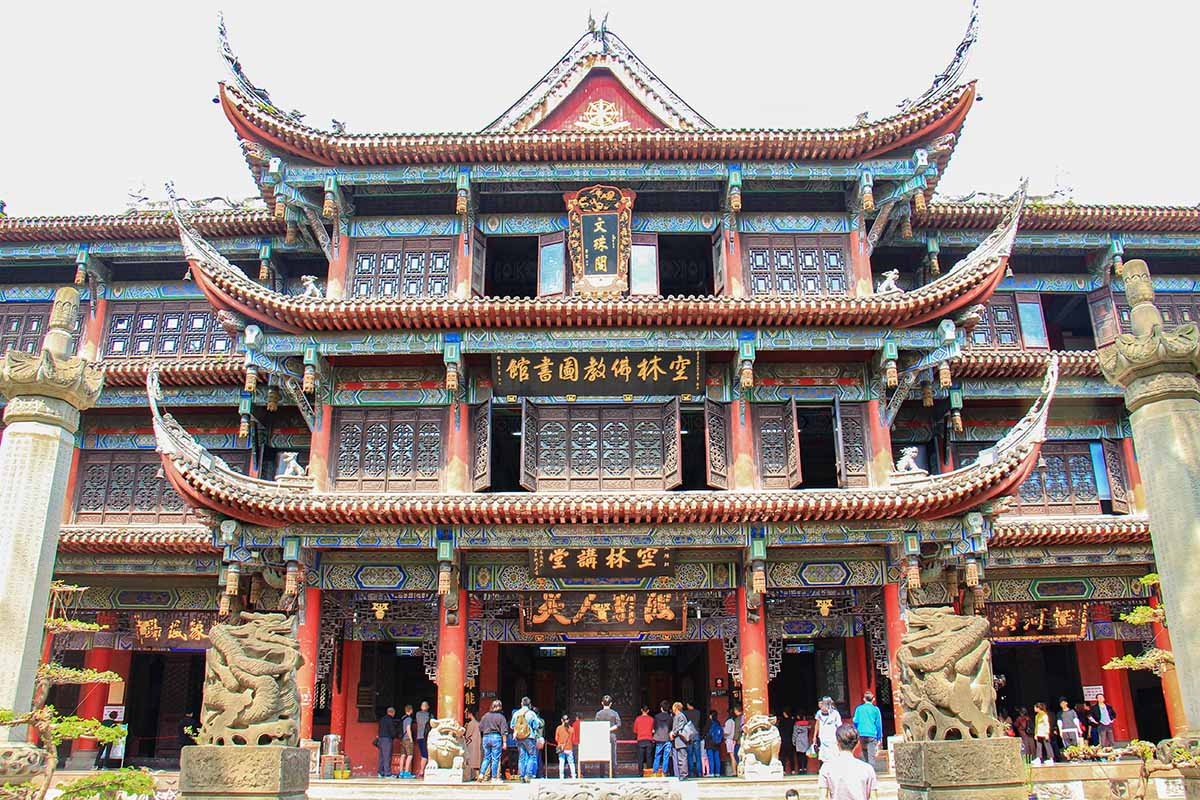Shuangqiao Valley
Chinese name: 双桥沟(Shuang Qiao Gou)
Location: Rilong town, Xiaojin, County, Aba Tibetan Prefecture, Sichuan Province.
Ticket: Entrance ticket CNY80.00, sightseeing bus CNY70.00.
Estimated tour time: 3-6hours
Recommended time to visit: All year round
Nearby attractions: Changping Valley, Haizi Valley, Danba Tibetan Village, Balang Mountian, Dengsheng Valley, etc.
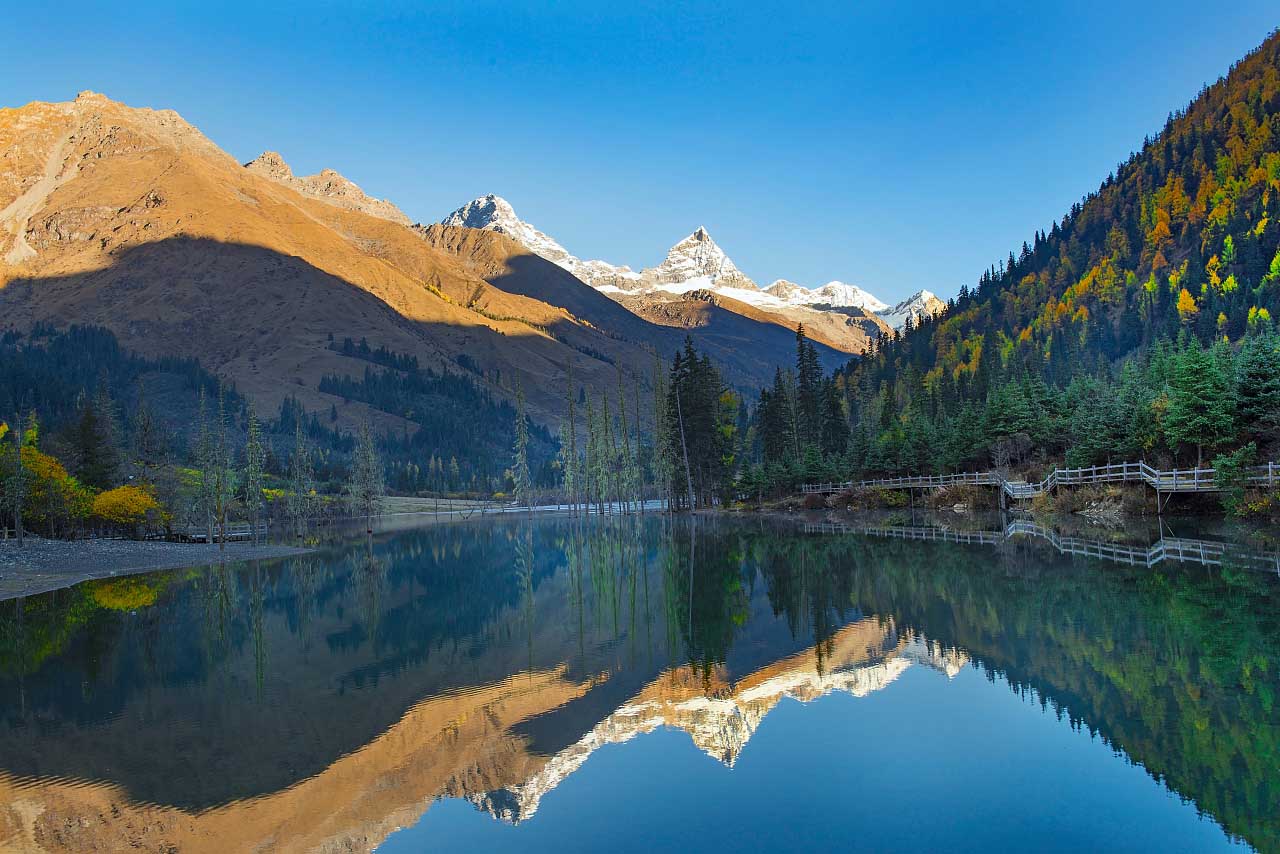
Mount Siguniang National Park lies 220km west of Chengdu, It is located in the bordering area of Rilong Town, Xiaojin County and Wenchuan County in Ngawa Tibetan and Qiang Autonomous Prefecture, Sichuan Province.
Mount Siguniang is the highest mountain of Qionglai Mountains in Western China, and is renowned for its beauty Mount Siguniang National Park was identified as a UNESCO Heritage Site as part of Sichuan Giant Panda Sanctuaries in 2006.
The park comprises Mount Siguniang and the surrounding three valleys, namely Changping Valley , Haizi Valley and Shuangqiao Valley, covering an area of 2,000sq km.
With an area of 217 square meters, Shuangqiao Valley is much larger than Changping Valley and Haizi Valley. Along this 34.8-kilometer long valley, it offers so many tourist spots to explore, providing gorgeous scenery including birch grove, cypress trees, maple woods, picea asperata, fir, redwood, sea-buckthorn, shrub, larch and so on.
This scenic area is divided into three parts - the first part is from Yangliu Bridge to Fiver-color Mountain, the second part is from Sea Buckthorn Forest - Fishing Bay and the third part is from Fishing Bay to Larch Forest. It will be a fantastic way to hop on and off the sightseeing bus to see the scenery and hike some parts to explore more. In the valley, people can view more than 10 snow mountains over 4,000 meters above sea level each.
The lower section is the Yangliu Bridge with some mysterious scenes such as the Yinyang valley, a poplar forestry strip, the Sun and Moon and Precious Mirror Mountain, and the Five-Color Mountain. The middle section is the Nianyu Dam, including the Renshenguo Level Ground, a sand thorn forest, Jianshanzi, Jiujiahai, and other scenic sites. The upper section is the Niupengzi Lawn and Changhe Beach, including the Hunter Peak, Niupengzi, the Changhe Dam, and other scenic sites.
From September to November, nature lavishly unfolds its fall splendor. It mantles every bit, from the valley bottom all the way up to the summit, with a palette of crimson, orange yellow, deep brown, vivid purple, sapphire blue, and blackish green. and beauty to each other. The scenery is indeed charming. The temperature during this time is around 5℃-15 ℃. It is very suitable for hiking, photography and other activities.
- HOTEST
- RECOMMEND
